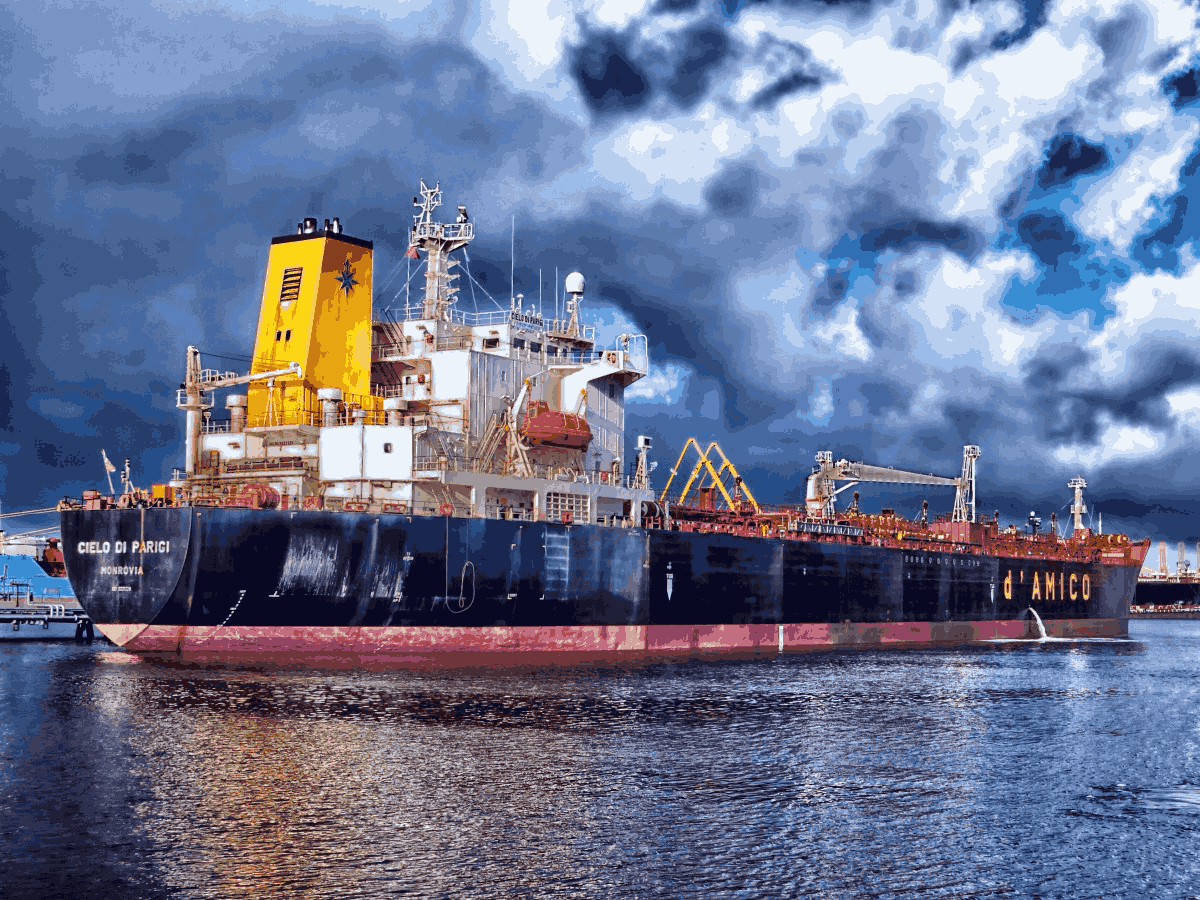Loadicator Data for Enhanced Ship Stability and Safety
How stable and safe is your vessel? This is a critical question that every marine professional must address to ensure operational efficiency and safety at sea. A Loadicator can provide the answer—but only if you know how to interpret its data.
This guide will walk you through the essential pieces of information derived from a Loadicator, helping you understand vital data points such as the GZ curve, GM values, displacement parameters, and stability limitations. By the end, you’ll not only have a clear sense of how to utilize Loadicator data but also how to apply it to amplify your vessel’s safety and structural integrity.
What is a Loadicator and Why Is It Important?
A Loadicator is an onboard computer system used to evaluate a ship’s stability, strength, and trim for any given load condition. By analyzing this data, ship operators can ensure compliance with international safety standards while optimizing the vessel’s performance.
The Loadicator:
- Calculates critical parameters such as draught, trim, and metacentric height (GM).
- Assesses whether the vessel meets stability criteria, such as the flooding angle and righting lever (GZ).
- Highlights critical stress points with its analysis of Shear Forces (SF) and Bending Moments (BM).
But to make the most out of these calculations, you’ll need an in-depth understanding of the parameters it offers.
The Essential Parameters and Data from a Loadicator
1. Stability Parameters
GZ Curve and Its Importance
The righting lever (GZ) curve provides insights into the ship’s ability to return to an upright position after being heeled by external forces like wind or waves. Observing the GZ at various angles of heel ensures:
- The maximum GZ value indicates strong initial stability.
- The range of stability is wide enough to handle emergencies (e.g., heeling due to cargo shifts or storms).
Metacentric Height (GM)
The GM is calculated in two forms:
- GM(s) (Static GM): This evaluates stability when the ship is upright.
- GM(f) (Free-Surface Corrected GM): This accounts for the effects of liquid sloshing in partially filled tanks.
A higher GM generally represents better stability but may lead to a faster roll period, causing discomfort to crew and passengers.
LCG (Longitudinal Center of Gravity)
Understanding the longitudinal center of gravity ensures proper trim and prevents excessive longitudinal stress on the hull. Misplaced heavy cargo can shift the LCG and lead to unsafe trim conditions.
2. Weight and Volume Data
Displacement and Deadweight Data
Displacement measures the total weight of water displaced by the ship, which is equal to the ship’s total weight. Deadweight includes the weight of cargo, fuel, passengers, and other consumables. Comparison with the Loadicator’s calculations ensures that the ship is not overloaded.
Lightship Data
This refers to the weight and center of gravity of the empty ship (without cargo, passengers, or fuel). It acts as a baseline for conducting further stability calculations.
3. Trim and Draughts
- Trim is the difference between the forward and aft draughts. Proper trim ensures efficient fuel consumption and reduces structural stress.
- Draught measurements (forward, aft, and midship) are crucial for compliance with load line regulations. Deviations must be immediately investigated.
4. Free-Surface Effect (FSE)
Free-surface correction accounts for the movement of liquid in tanks. It adjusts the initial GM and the GZ curve, reflecting the potential negative impact of sloshing. Tanks with slack conditions amplify the FSE, compromising stability if not managed carefully.
The Loadicator presents this data as both moment (FSM) and the total correction applied to stability parameters like GM and GZ.
5. Stability and Strength Criteria
Stability Limitations
The Loadicator assesses the ship against several stability criteria, such as:
- Flooding Angle: Ensures the ship remains stable even under heeled conditions.
- Areas Under the Righting Arm Curve: Confirms adequate recovery capability from significant heeling.
Strength Limitations
The structural integrity of the ship is evaluated using:
- Shear Force (SF) and Bending Moment (BM): Loadicators provide these as a percentage of the allowable limit. While under 100%, prolonged exposure to high levels (even below 100%) could lead to cracks or structural fatigue.
An important practice is keeping the SF and BM values as low as possible to minimize long-term stress.
6. Error and Tolerance Margins
The Loadicator operates with defined tolerance margins to ensure accuracy. Critical tolerances to keep in mind include:
- Displacement ±2%
- Drafts (Forward/Aft/Mean) ±1% or a maximum of 5 cm
- Metacentric Height GM ±1% or 5 cm
- Free Surface Correction ±2%
By monitoring these margins, discrepancies can be identified early, preventing errors in vessel stability or damage scenarios.
Key Applications of Loadicator Data
Improving Long-Term Stability
Regularly optimizing trim and adjusting GM values prevents mishaps caused by long periods of imbalance or stress.
Enhancing Cargo Safety
Positioning cargo strategically helps maintain ideal LCG and eliminates unnecessary lateral shifts, protecting both cargo and ship stability.
Preventing Hull Stress
Continuous monitoring of SF and BM values ensures that structural limits aren’t dangerously approached. Additionally, mitigation of repeated high-stress voyages minimizes risks of hull fractures.
Compliance with Regulations
Loadicator data becomes critical in ensuring compliance with IMO and SOLAS stability and strength protocols.
Maximizing Safety with Proper Loadicator Use
The Loadicator is an essential tool for modern ship management, providing a comprehensive understanding of stability, structural integrity, and resistance to external forces. By regularly consulting your Loadicator and staying within the recommended tolerances and limits, your vessel can operate with maximum efficiency and safety.
For a smooth voyage, always double-check readings like SF, BM, GM(s), and GM(f). Pay special attention to free-surface corrections and maintain draught compliance to guarantee safe and efficient maritime operations.
